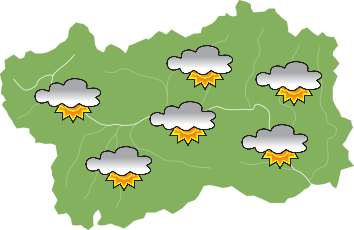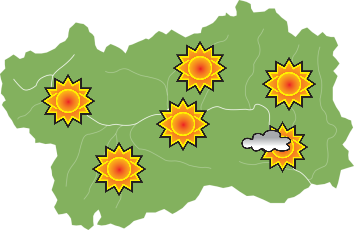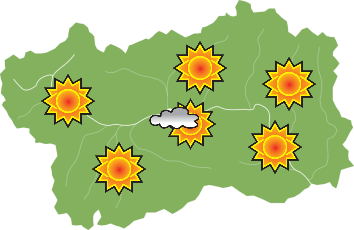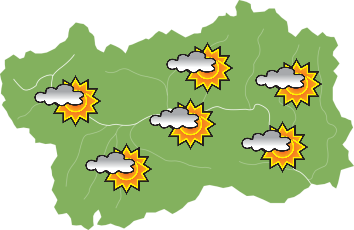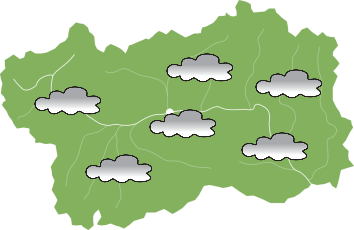Cly Castle
Castles and towers - Saint-DenisRising up on rocky outcrop that gives control over the entire valley in an area that saw settlements dating back to prehistoric times (Bronze Age and Iron Age), this castle is fully part of the category of so-called ‘primitive castles’ by virtue of its mighty donjon, that dates back to the first thirty years of the 11th century, and the military chapel dedicated to Saint Maurice, a jewel of Romanesque architecture.
The castle belonged to Cly branch of the Challant family and was the legal seat of a vast estate that included the territories of Verrayes, Diémoz, Saint-Denis, Chambave, Antey, Torgnon, up to the entire area of Valtournenche. Following dramatic events it passed on to the House of Savoy who kept it until 1550. In the 17th century the building was purchased by the Barons Roncas who distmantled many materials for the construction of their palace in Chambave.
The residential buildings and the guardhouse, located in the southernmost part of the castle, are now reduced to a state of ruins.. Guided visits in summer periods.





